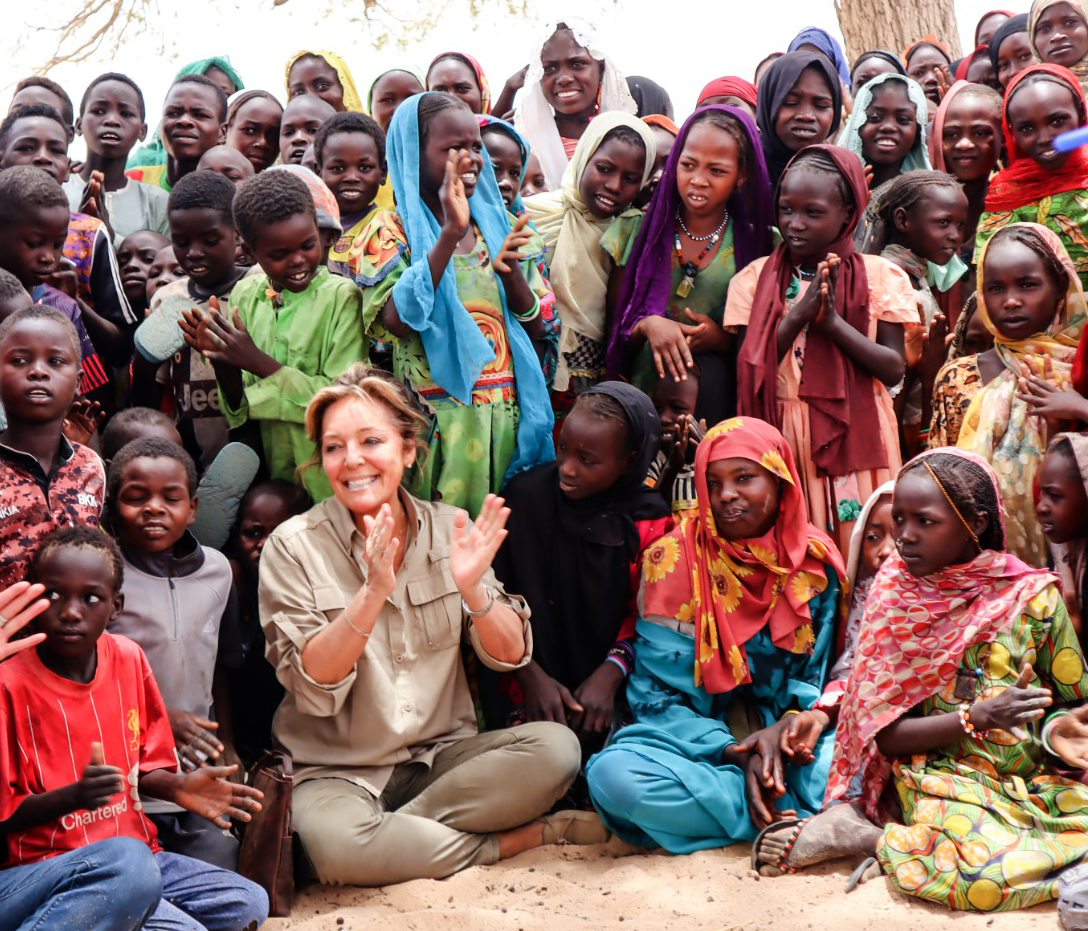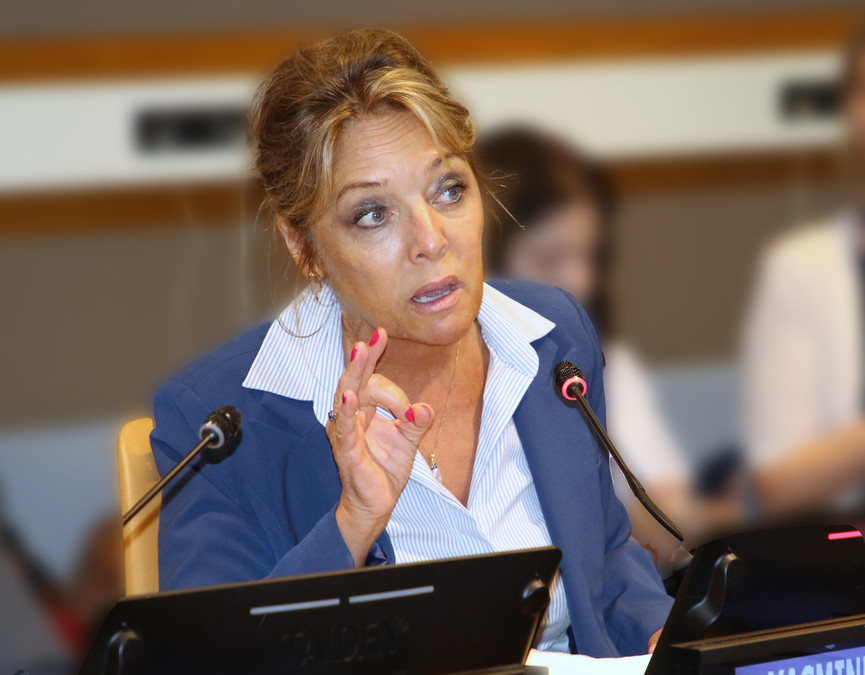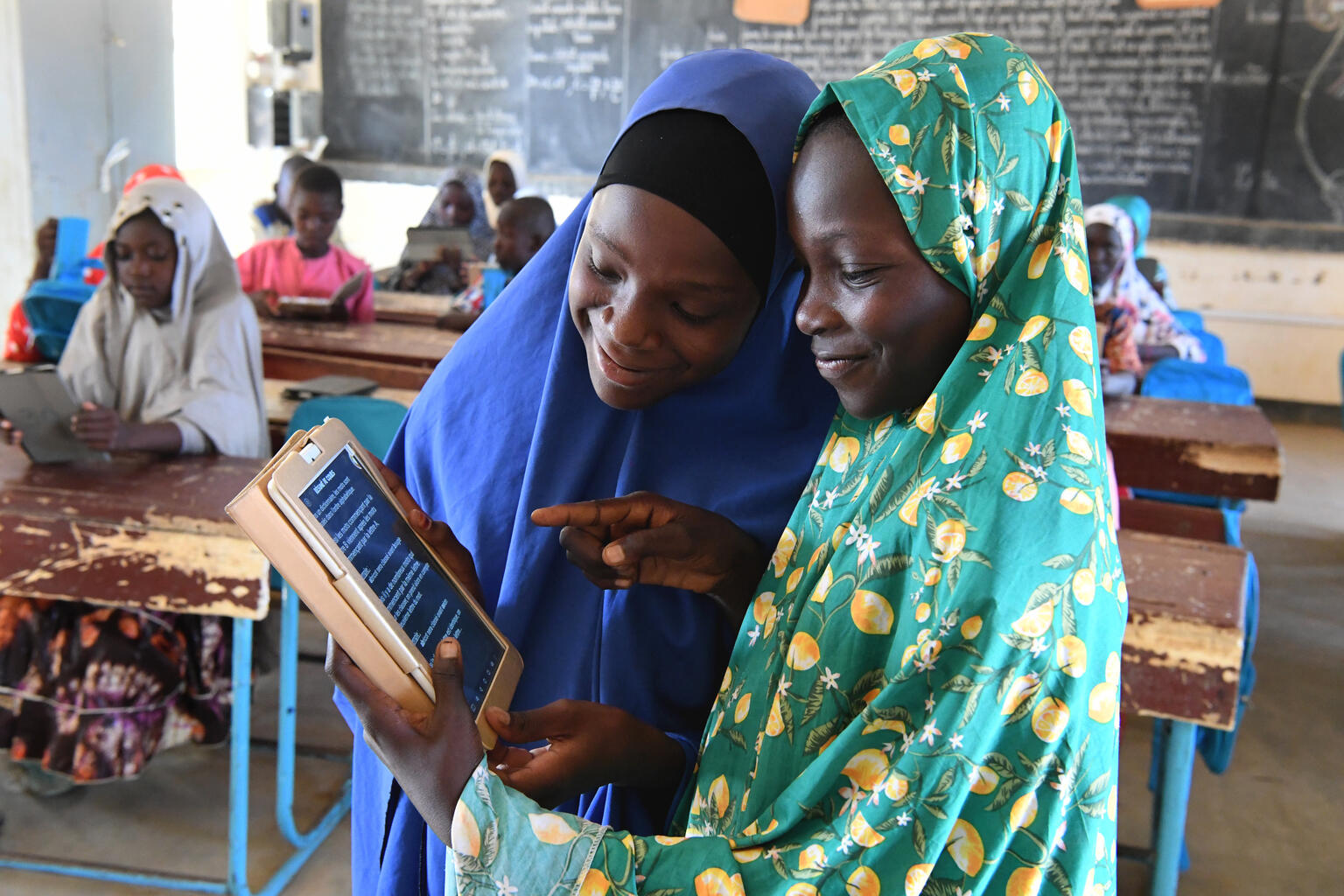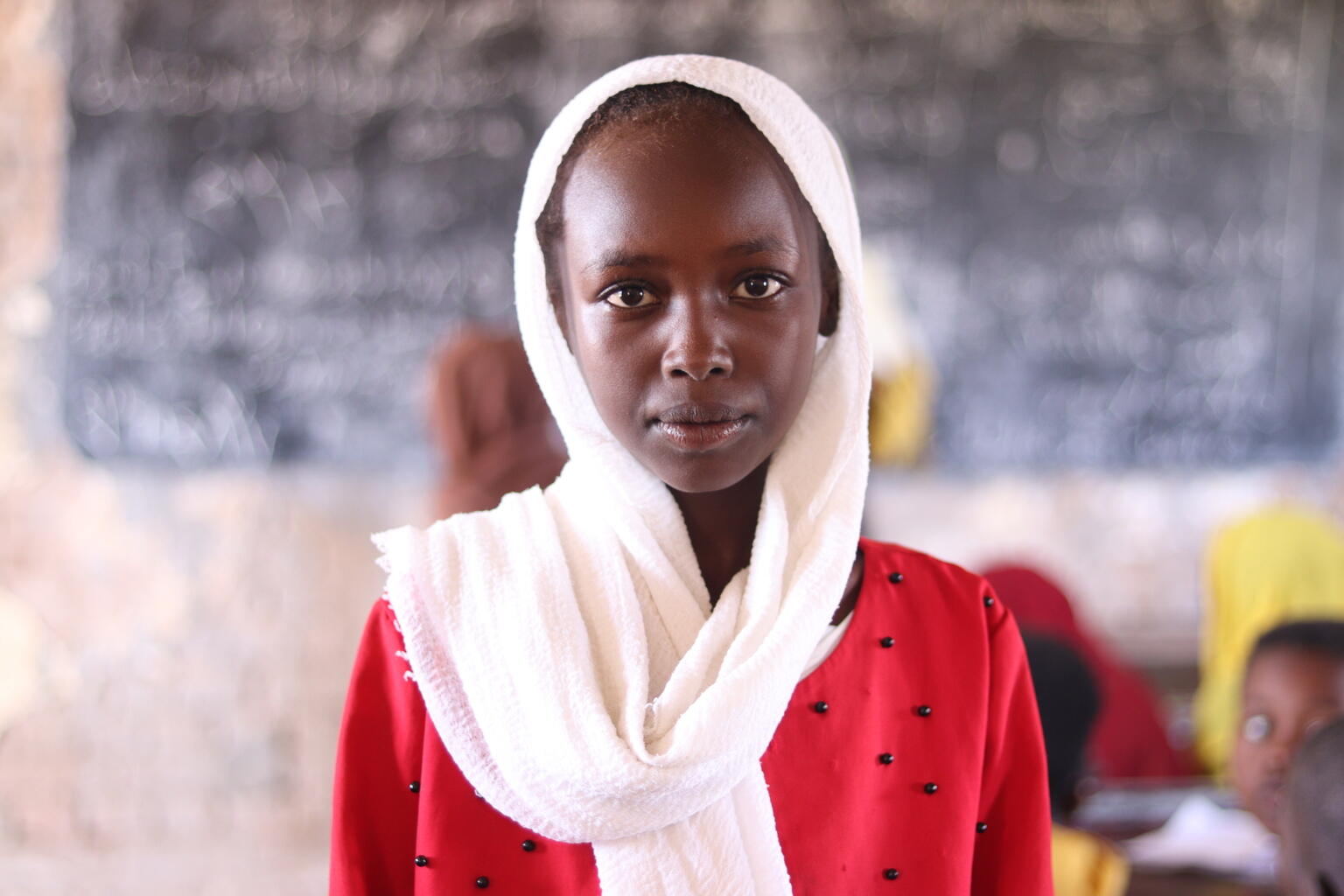Vision Without Action is a Daydream

One of my favorite proverbs is Japanese, which states: “Vision without action is a daydream. Action without vision is a nightmare.”
Never has this proverb felt more important than in reaching the Sustainable Development Goals by 2030 - especially the foundational goal, SDG4: ensure inclusive and equitable quality education for all, including those left furthest behind. Among those left furthest behind are 224 million children and adolescents whose education is denied or disrupted as a result of armed conflicts, climate disasters, forced displacement and protracted crises. They are the least likely to cross the finishing line by 2030.
We have a vision, but we are not daydreamers. We take action. Most importantly, we need to focus on taking the right action commensurate to the vision. This includes two overarching actions that help us stay the course.
The first is funding. UNESCO has stated that $4.7 trillion is spent on education worldwide annually, with only 0.5% of that spent in low-income countries. In many cases, these are often countries impacted by armed conflicts, climate disasters, forced displacement and protracted crises. Many are at the bottom of the human development index and are thus dependent on significant international aid to deliver quality education.
The second is our modus operandi, or as the UN Secretary-General António Guterres frequently states: “Less bureaucracy and more accountability.”
In sum it means a powerful vision that is backed up by consistent actions directly tied to delivering to millions of crisis-affected children and adolescents around the world.
At this month’s UN High-Level Political Forum event ‘Ensuring Education Continuity, the Roles of Education in Emergencies, Protracted Crises and Building Peace’, organized by the Permanent Missions of Japan, Switzerland and Italy to the UN, ECW stressed the cross-cutting power of education to empower all crisis-affected girls and boys to engage with humanitarian, development and peace activities. This requires substantively more funding and enormous support to our strategic partners: Ministries of Education, United Nations agencies, civil society, communities, teachers and school administrations, who are all working in the most difficult situations on earth.
My thoughts wander to our UNHCR, WFP, Norwegian Refugee Council and Jesuit Refugee Service colleagues sleeping on the dirt ground and under the sky in Borota, Chad, along the border of Chad and Sudan. They do so to save and protect lives: to ensure that arriving refugee children and teachers receive water, food and can quickly be enrolled and trained in school, receive psychosocial support, school feeding, social emotional and academic learning. I think of the Government of Chad that makes huge investments in ensuring safety in a region marked by extraordinary dangers to both human security and national security.
My thoughts wander to our implementing partners who live and work in the insecure context of Afghanistan, from urban areas to remote mountain villages. They work hand in hand with teachers, parents and communities to deliver education to girls in homes, despite the ban by the de facto authorities.
With funding, we can empower and support them to focus on their work. With established UN coordination mechanisms and UN security we can ensure a coordinated joint approach and some degree of safety. However, the moment we lose sight of them and their heroic work, we also lose sight of the 224 million children and adolescents, their teachers and families, across 44 crises-affected countries where ECW invests.
During the UN SDG Roundtable to mark Malala Day, ECW’s Global Champion Somaya Faruqi, a strong young female advocate from Afghanistan, shined a light on the harsh realities faced by girls and women in Afghanistan today, showing how their futures are at risk of completely crumbling without the foundation of a safe, inclusive and continued education.
Somaya’s views were echoed by other Roundtable participants: United Nations Deputy Secretary-General Amina J. Mohammed, Malala Yousafzai, South Sudan Minister of Education Awut Deng Acuil and I. Minister Acuil exemplifies the meaning of the phrase “Where there’s a will, there’s a way.” The Government of South Sudan is committed to providing quality education to all girls and boys in the country, including young refugees fleeing into their country in search of safety from the raging conflict in Sudan.
South Sudan, which ranks at the bottom of the human development index, reminds us all that investing in education leads the way to peace, security and human development. Last month, ECW announced renewed funding of $50 million, including the generous support of $10 million by the Global Partnership for Education (GPE), for the ECW-facilitated Multi-Year Resilience Programme in South Sudan. With a gap of just $25 million to completely fund this $75 million programme for three years, ECW launched its #FiveXFive Campaign, calling on five in-country donors to contribute $5 million each to achieve the first-ever, fully-funded MYRP in South Sudan.
Achievements like this are possible. In Colombia, Ecuador and Peru, in-country donors - including the governments of Canada, United States, Germany, Norway, Korea, Sweden and the European Commission, along with national private sector organizations - contributed almost US$60M to the three Latin America MYRPs. Latin American governments have also done tremendous work to include Venezuelan children and adolescents in their national education systems. For example, Colombia included over 600,000 Venezuelan children and adolescents in its national system. And, Ecuador’s government contributed US$83M to include Venezuelan children and adolescents in its education system, aligned with the MYRP.
As The Rt. Hon. Andrew Mitchell, UK Minister of State (Development and Africa), emphasizes in this month’s high-level interview, “In a context of rising need, which is not matched by rising humanitarian funding, education is one of many sectors underfunded in the emergency response. It is critical that we find innovative ways to close Education Cannot Wait’s funding gap to ensure crisis-affected children have access to a quality education.”
As we continue to work and advocate for girls’ education in Afghanistan, in Sudan, for the Regional Refugee Response Plan covering five neighboring countries of Sudan, and in so many other forgotten crises, we urgently appeal to more public and private sector donors, foundations and high-net-worth individuals to support ECW’s pooled and joint funding approach through additional, new funding contributions.
We all share a vision. We all feel accountability to materialize it. Now we just need to take the right actions that align with the vision: action towards sustainable learning outcomes and results. None of us want to continue witnessing the nightmare of chaos, human suffering and failed promises. With 2030 just 7 years away, our powerful vision needs bold action and a laser focus on what really matters: 224 million children and adolescents whose education cannot wait.




